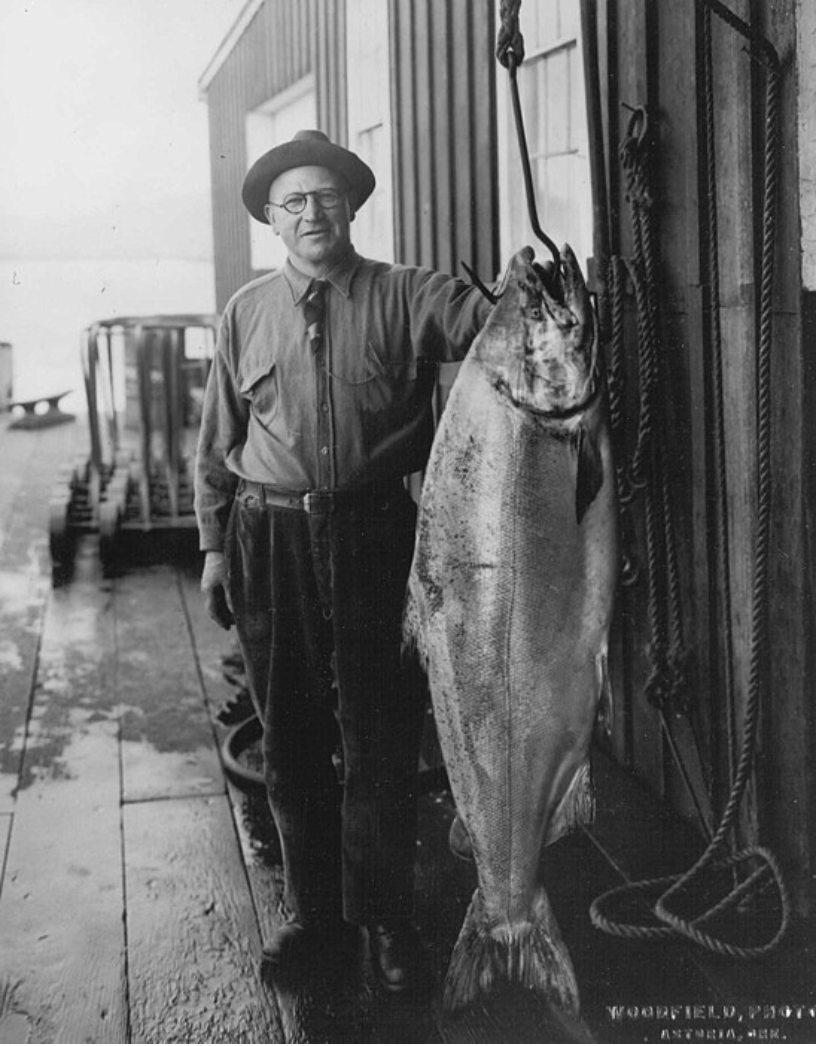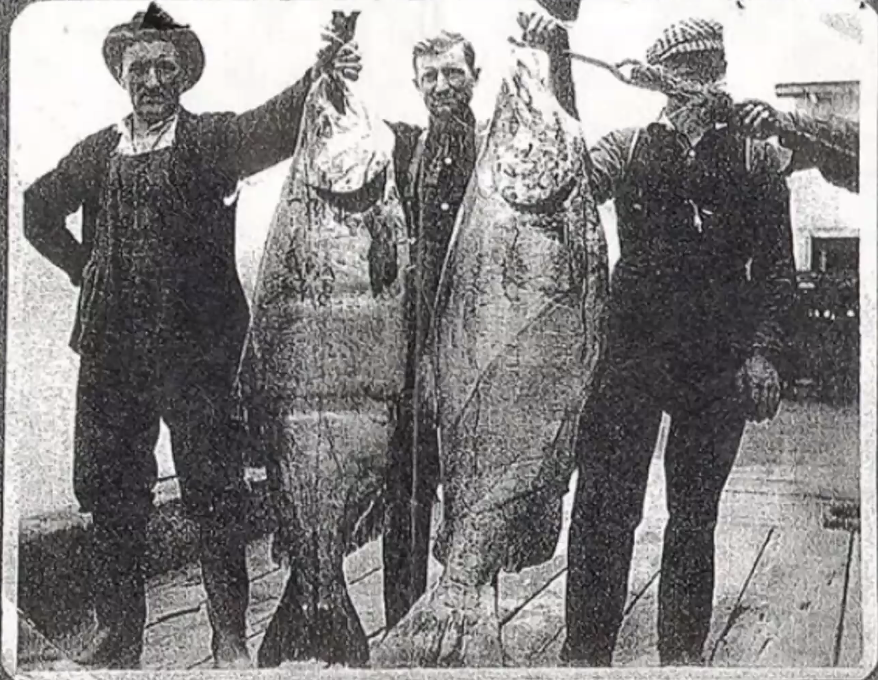Salmon & Shifting Baselines
/In honor of #OrcaRecoveryDay and the ongoing salmon runs, this Scuttlebutt will briefly examine the history of Pacific salmon and our relationship to these iconic fish. There are five species of salmon that should thrive in the North Pacific waters of Canada: chinook, coho, pink, sockeye, and chum. Pacific salmon are anadromous, beginning their lives in freshwater streams and rivers, migrating to the ocean as smolts, spending their adult life at sea, and finally returning back to freshwater to spawn and die.
Coho salmon release at the Fish for the Future Derby, Tofino, BC. Photo taken by Sydney Dixon
Salmon are the lifeblood of coastal temperate rainforests, nourishing both marine and terrestrial ecosystems of British Columbia. The sacred relationship between salmon and First Nations peoples ensured the health of both humans and salmon since time immemorial. But today, Pacific salmon are in trouble. Since the arrival of European settlers and the resource exploitation that followed, both the number and size of Pacific salmon have been steadily declining.
In the early 1900s, Chinook salmon returning to fresh water as adults regularly weighed in at 70 to 80 pounds - sometimes reaching as high as 125. Over the last few decades the average size of Chinook salmon has been steadily decreasing and we are experiencing a shifting baseline as to what constitutes a "large" salmon. In 2017, a sport fishing magazine described a Chinook salmon caught in British Columbia that weighed in at just over 50 pounds "massive" … but was it, really? Today, a 50 pound Chinook salmon may constitute as a large fish, but historically they regularly grew much larger. The size and age of maturity for salmon is important because it likely influences individual reproductive potential and overall population fitness. Larger female salmon have higher fecundity which allows them to spawn with more than one male, thus increasing the population's genetic pool. Furthermore, larger females also have larger egg size which increases the survival of developing eggs. Simply put, bigger fish produce a higher number of genetically diverse young which helps to ensure a healthy population.
There are several factors that have driven down the average size of Chinook salmon over the last few decades. Fish are maturing - and returning to spawn - at a younger age and smaller size. This phenomenon is caused by factors such as: size selective harvest, harvest intensity, competition, food availability, predation, disease, and water temperature. Because Pacific salmon only spawn once in their lifetime, the removal of large individuals from the population via fishing or predation drives down the overall size of the population over time because smaller individuals are predominantly the ones passing along their genes to the next generation. Large fish are effectively being bred out of existence.
(First photo taken in 1910 of 116 and 121 lbs Chinook salmon. Second photo taken 1925 of 85 lb Chinook salmon. Photos from timeline.com)
This is a problem uniquely felt by the critically endangered Southern Resident killer whales (SRKWs). This fish-eating population of whales evolved alongside the enormous Chinook salmon of the past. A small salmon requires the same energetic expense to chase down as a large one, but yields less of a nutritional return for the whale. Furthermore, the whales now need to catch more fish in order to meet their daily caloric intake. With less fish, and smaller sized individuals, it has become an uphill battle for the SRKWs to feed themselves and their families. You can help us protect the future of the SRKWs and Pacific salmon by joining our Orca Recovery Day EcoChallange. It is our actions that have resulted in these ecological changes and challenges we all face today, but it is also our collective effort that will help to fix them!
~ Sydney Dixon, SIMRS Research & Education Director




